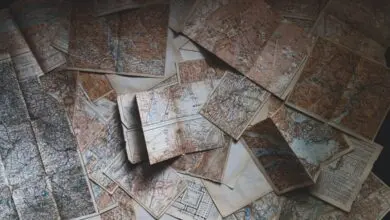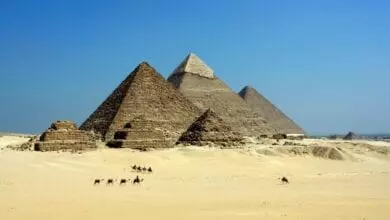Even More Mysterious Mummies Turn Up In Egypt 2024
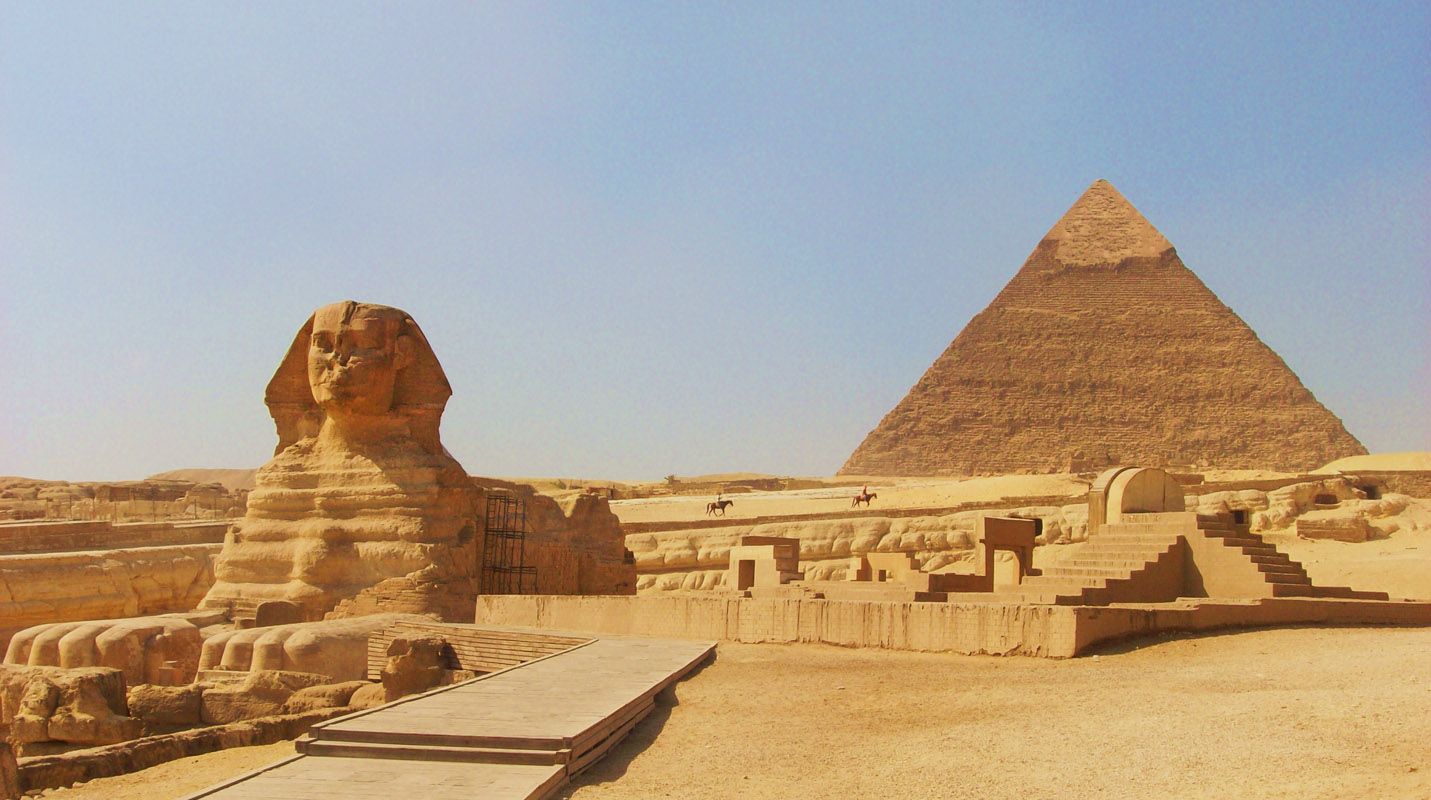
There may be no country in the world that’s been dug up and excavated as much as Egypt, and yet for all the tremendous archaeological work that’s been done there, there’s still so much we don’t know. Every discovery made in Egypt seems to lead to more questions than answers, and many historians have come to the sad realization that we may never know everything there is to know about the way human beings lived their lives there thousands of years ago. We can’t adequately explain how the pyramids are built, and so what chance do we have of adequately explaining some of the smaller aspects of their beliefs and their day to day lives?
This enduring mystery is what makes the topic of ancient Egypt so fascinating to the general public. These well-dressed people, with their comparatively advanced technology and their God-like pharaohs, capture the imaginations of millions of school children every year, and those fascinations stay with them in later life. That’s reflected in our entertainment. One of Dwayne “The Rock” Johnson’s first major movie roles was in the Egypt-themed film “The Scorpion King.” Check out any big-time online slots website such as OnlineSlotsUK, and you’ll see several – perhaps even dozens – of online slots dedicated to ancient Egyptian lure. Some of the better-known rulers, including Tutankhamun and Cleopatra, even have online slots dedicated to them specifically, and they rake in massive amounts of money. Ancient Egypt isn’t just a popular topic of study; it’s a money-making brand – and every time a new discovery is made, interest intensifies.
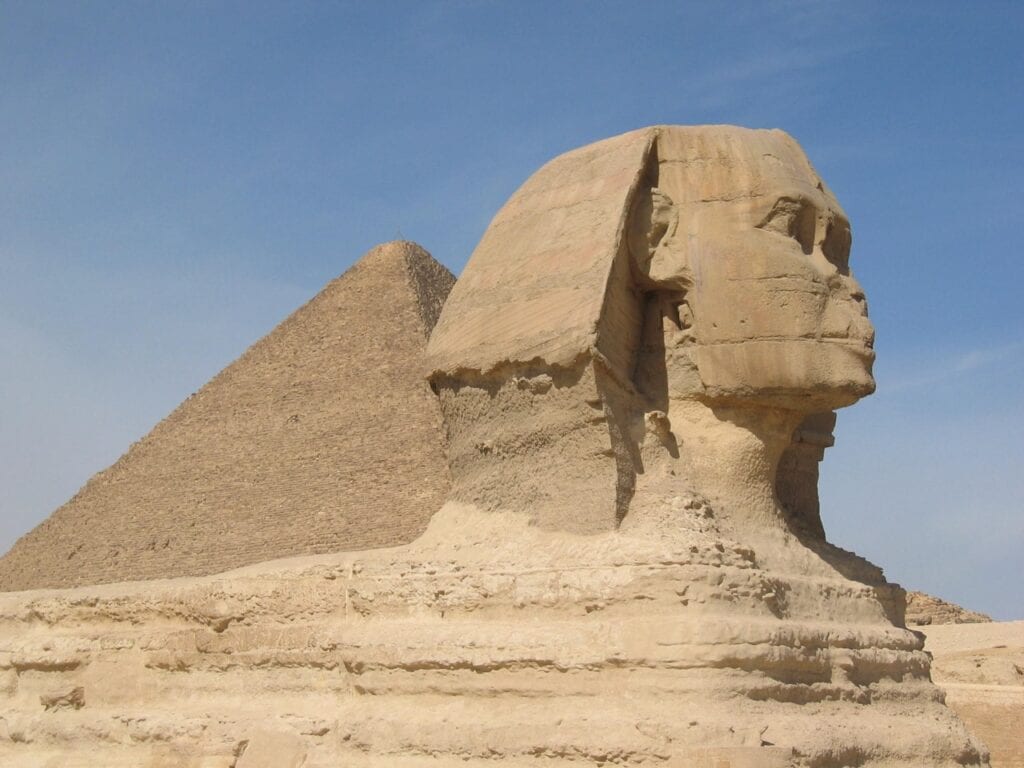
Few such discoveries attract as much attention as a new set of mummies, and so the country’s tourist board – along with anyone who relies on ancient Egyptian imagery for their income – will currently be rubbing their hands with glee after the startling discovery of no less than thirteen mummies at the bottom of an ancient well. The finding was made at Saqqara, which has been a hotbed for significant discoveries recently. While finding mummies in Egypt isn’t necessarily unusual, this arrangement is. The sarcophagi the mummies are buried in are wooden, and they appear to have been deliberately placed one on top of the other at the bottom of a well that’s forty feet deep as opposed to being placed in a tomb. Generally speaking, anyone buried in a decorative coffin also gets the honor of being laid to rest inside a tomb. Archaeologists currently have no idea why these thirteen individuals have been disposed of in such a seemingly undignified manner.
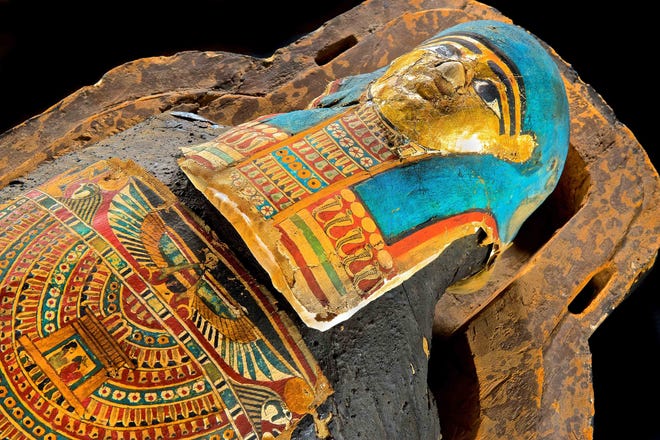
While the burial might not have been big on dignity, it’s had the bonus side effect of ensuring that the coffins are very well preserved. Being so deep in the ground has protected the wood from the worst effects of erosion and decay, and so the original painted colors and designs are still clearly visible on the exterior surfaces of each casket. Even with that, it’s thus far proven to be impossible to find any identifying marks on any of the sarcophagi. It’s possible that all thirteen coffins belong to members of the same family; the well might actually be a burial shaft – albeit one that’s inconsistent with examples of burial shafts found elsewhere in the country.
The country’s Ministry of Tourism and Antiquities hopes that this is a sign of things to come, as Saqqara has only recently been re-opened to archaeologists after the enforced closure of all the country’s museums and archaeological sites because of the ongoing pandemic. Just before everything got shut down in April, another significant cache of human remains was found close to the same location. Scientists are still poring over that discovery. The burial site had a confusing arrangement, and may have been used and then re-used by several generations of Ancient Egyptians over two or three centuries. While there were four mummies contained in traditional caskets, there were also five more in limestone sarcophagi, and then a further eighty-three un-mummified bodies in clay coffins.
While clay coffins are extremely unusual in Egyptian burials, archaeologists think that they might have an explanation for them in this instance. The current prevailing theory is that the bodies belong to members of the Bhutto civilization, who lived in lower Egypt six thousand years ago. That theory might even have become an accepted fact were it not for the presence of a further three graves from the period of Naqada the Third, around one thousand years later, which were also clay. Clay burials from this period are almost totally unknown. By this point in history, the civilization’s socially elite members were almost exclusively buried in wooden coffins and placed inside tombs. Poor people, by contrast, were generally buried in shallow holes. The presence of grave goods and the fact that the clay has been painted with a form of red ochre suggests that these people weren’t poor, and so they might represent some of the final examples of a much older burial tradition.
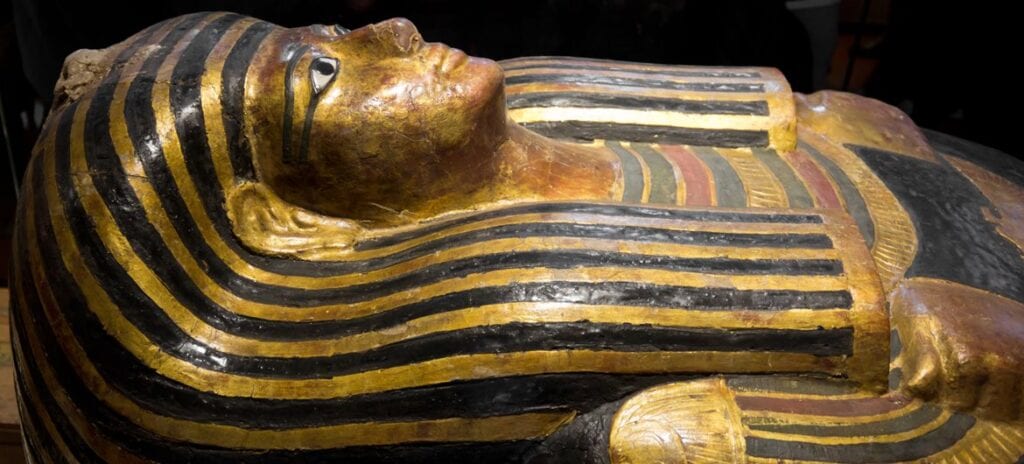
The contrasting theories and ongoing discussions among archaeologists, historians, and scientists all serve to further illustrate the same basic premise, and it’s the premise we raised at the start of this article. When it comes to ancient Egypt, there’s a lot that we don’t know, and we may never know. When we talk about “ancient Egypt,” we’re not discussing the reign of a single monarch or a period of time that covers only a few centuries. We’re talking about thousands of years of change and evolution, during which time traditions came and went, beliefs were shaped and altered, and whole philosophies came and went. We’re also dealing with scraps of information thanks to the Romans. When the kingdom of Ancient Egypt eventually fell to Rome, buildings were destroyed, and ancient records were lost. Without those records, we’re left with pieces of a jigsaw puzzle and no reference picture to work from. Finding new pieces is always exciting, but unless we know how to interpret them, they don’t necessarily get us any closer to ‘seeing’ the bigger picture.
Perhaps it’s better that way. Human beings have always been drawn to mysteries, and ancient Egypt has provided more of them than perhaps any other ancient civilization on Earth. We look forward to more exciting news from Saqqara shortly – and if it comes, we’ll be sure to bring it to you here.


